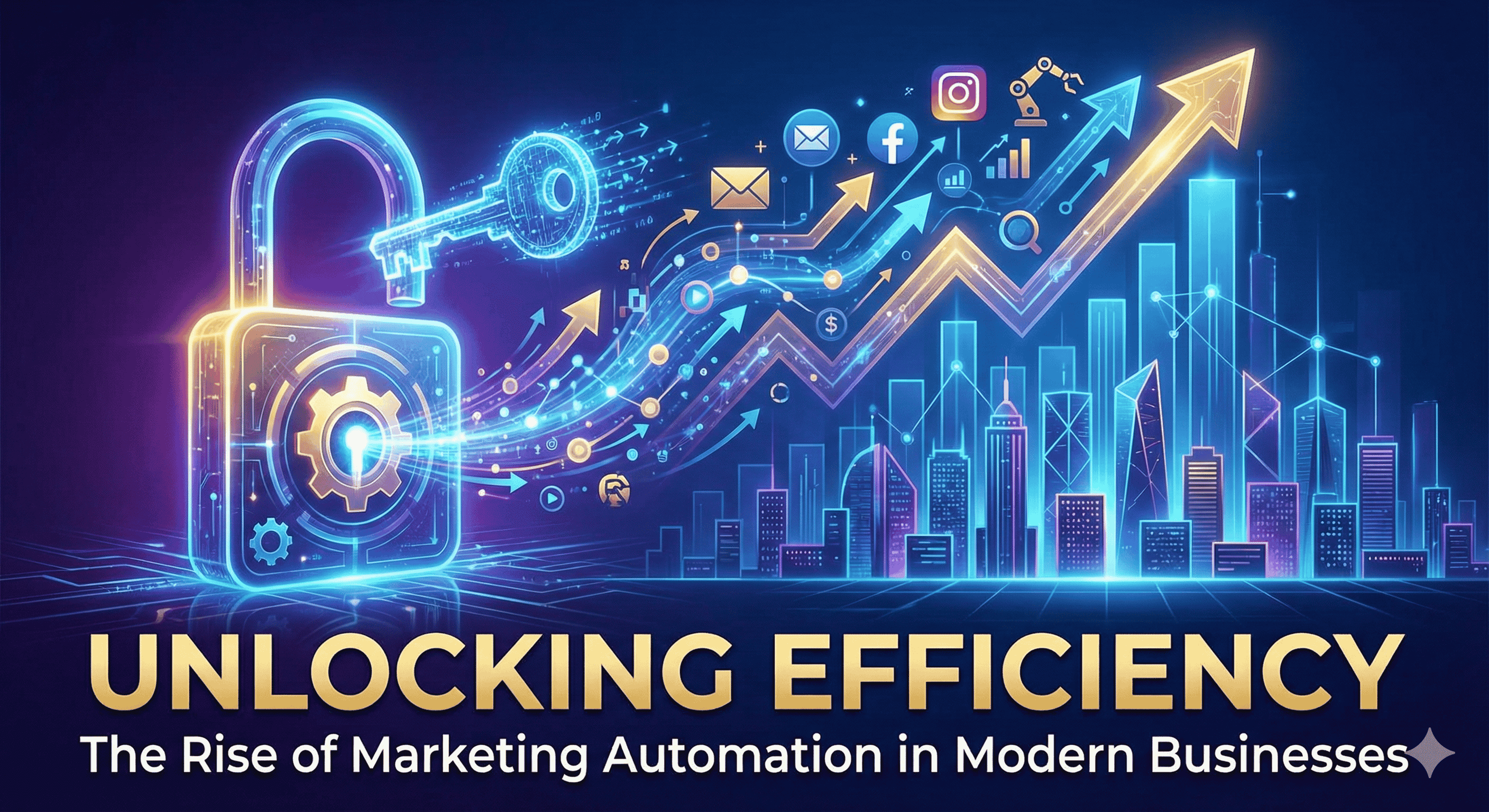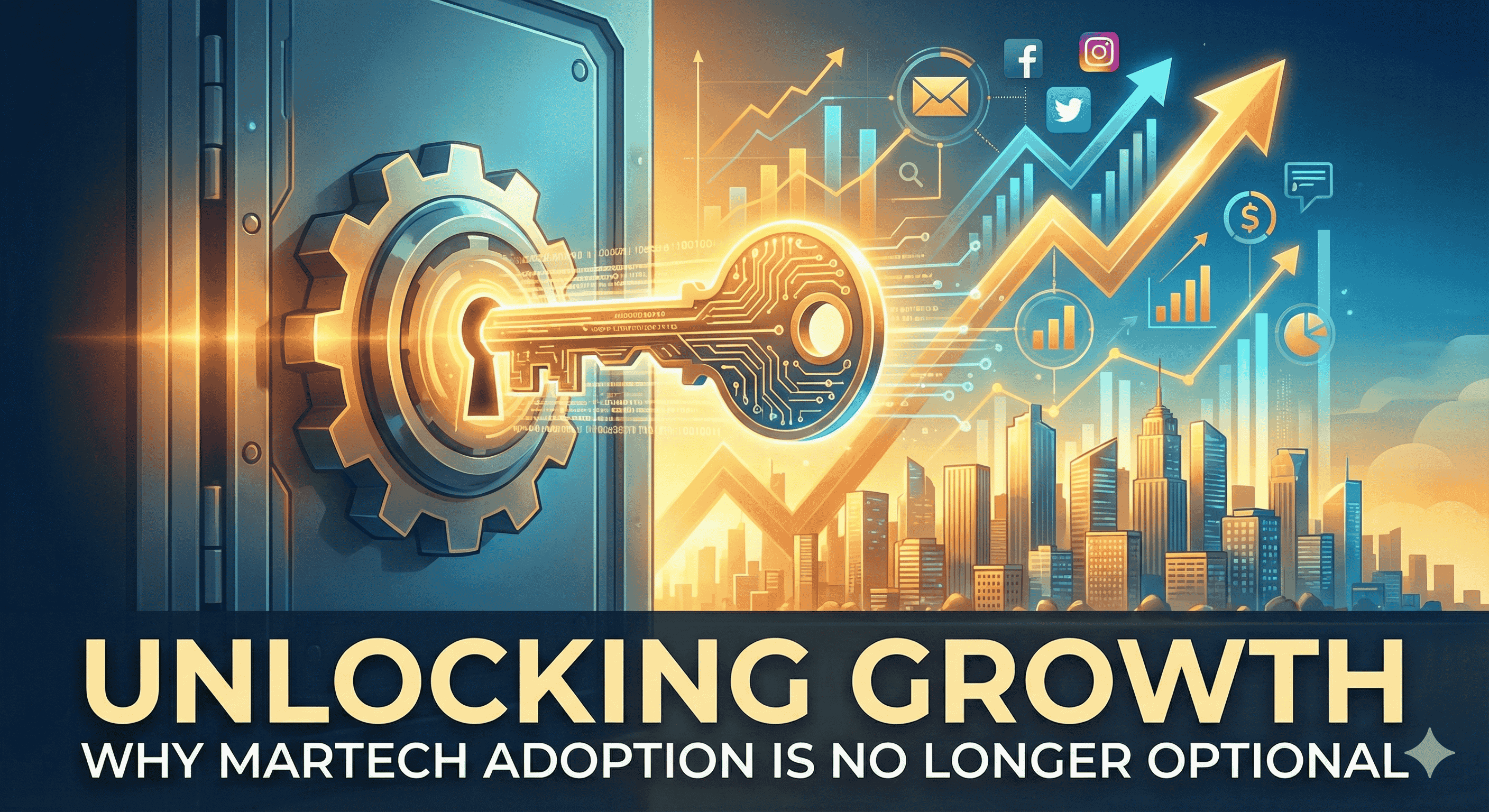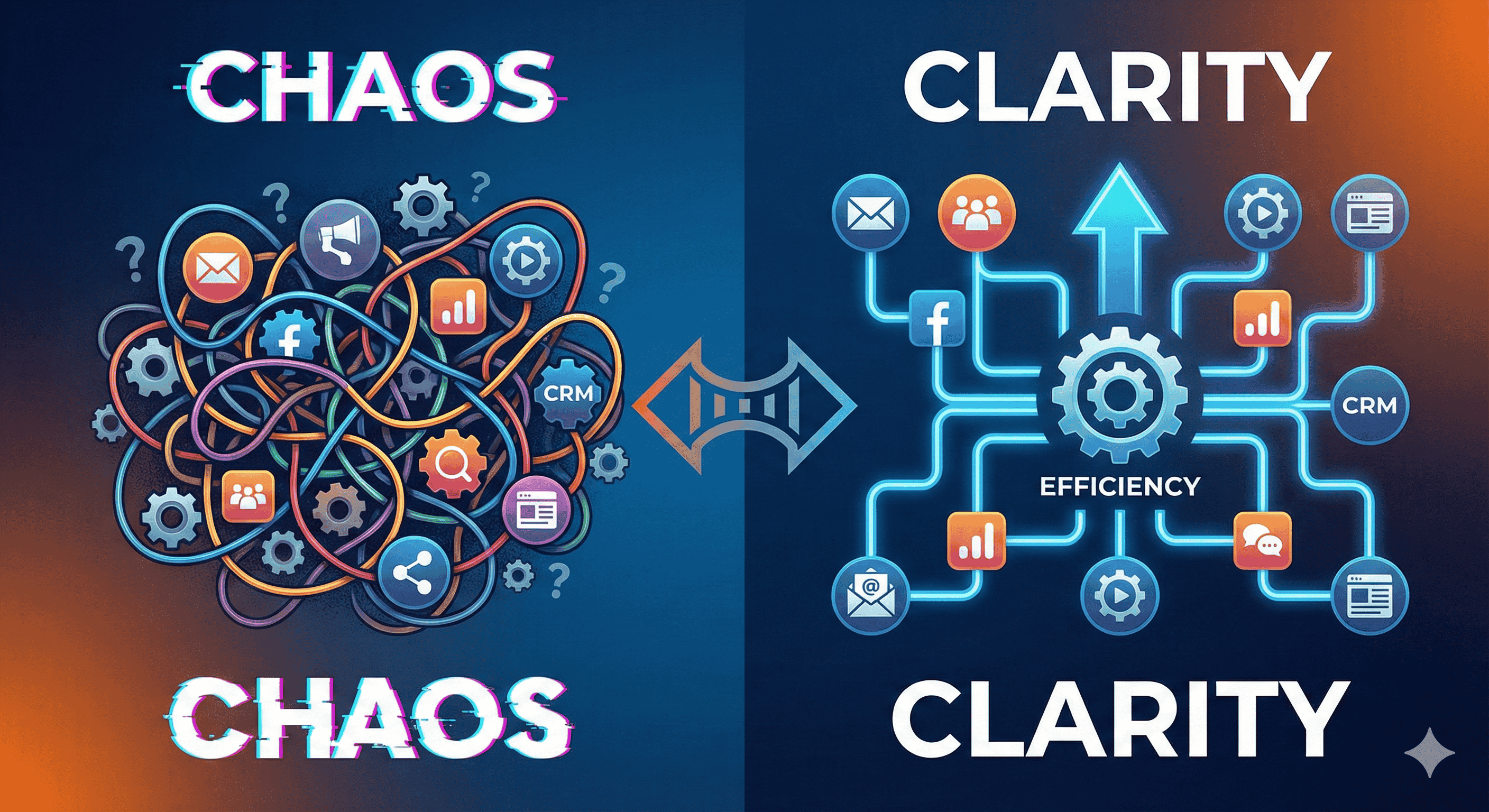In today’s dynamic digital landscape, the integration of marketing technologies (martech) has transformed the way businesses connect with their customers. As companies invest heavily in these tools, understanding the return on investment (ROI) associated with martech is crucial for maximizing marketing budgets. This article explores effective strategies to evaluate and enhance martech ROI.
What is Martech?
Martech encompasses a wide range of tools and technologies that facilitate marketing efforts, from customer relationship management (CRM) systems to analytics platforms, social media management tools, and email marketing solutions. These technologies can significantly improve efficiency, targeting, and analytics, allowing businesses to enhance customer engagement and increase sales.
The Importance of Understanding Martech ROI
Evaluating martech ROI helps businesses determine the effectiveness of their marketing systems. Without a clear understanding of ROI, companies risk overspending on tools that don’t deliver results or underinvesting in potentially high-impact solutions.
Key Benefits of Tracking Martech ROI:
Informed Decision-Making: Understanding which tools are most effective enables marketers to make data-driven decisions about future investments.
Budget Optimization: By identifying high-performing technologies, businesses can allocate resources more effectively and eliminate underperforming tools.
- Enhanced Accountability: Tracking ROI fosters a culture of accountability within marketing teams. Marketers can justify expenditures and demonstrate value to stakeholders.
How to Measure Martech ROI
Measuring martech ROI involves analyzing both quantitative and qualitative aspects. Here are the steps to evaluate this complex metric effectively:
1. Define Clear Objectives
Before implementing any martech solution, establish clear, measurable objectives aligned with business goals. This could range from increasing lead generation to improving customer retention rates.
2. Track Key Performance Indicators (KPIs)
Identify relevant KPIs that reflect the success of your marketing efforts. Common KPIs include:
- Conversion Rate: Measures the percentage of leads that become customers.
- Customer Acquisition Cost (CAC): Analyzes how much is spent to acquire a new customer.
- Customer Lifetime Value (CLV): Estimates the total revenue generated from a customer over their relationship with the brand.
- Engagement Metrics: Such as open rates, click-through rates, and social media interactions.
3. Analyze Data from Multiple Sources
Leverage analytics tools to gather and analyze data from various marketing channels. A comprehensive view of customer interactions can help assess the effectiveness of individual martech solutions.
4. Calculate ROI
The ROI calculation can be simplified to:
[ \text{ROI} = \frac{\text{Net Profit}}{\text{Total Marketing Investment}} \times 100 ]
To accurately calculate net profit, consider all related revenues generated from marketing activities and subtract the total costs of the martech tools and campaigns.
5. Conduct A/B Testing
Experiment by conducting A/B tests on different martech solutions. This can help in determining which tools yield higher engagement rates, conversions, or other desired outcomes.
Strategies for Maximizing Martech ROI
Once ROI is calculated, companies can implement strategies to ensure they’re getting the most out of their marketing technology investments:
1. Invest in Training
Ensure that your team is well-trained on all martech tools. Proper training leads to better utilization, maximizing the tool’s effectiveness and, ultimately, ROI.
2. Integrate Systems
Ensure your martech systems are integrated. Disconnected systems can lead to data silos, hindering your ability to gain comprehensive insights. Integration fosters seamless communication between departments and provides a unified customer view.
3. Regularly Review Your Martech Stack
Periodically assess the performance of your martech stack. Remove underperforming tools and explore new solutions that align with shifting business goals and customer needs.
4. Personalize Marketing Efforts
Utilize martech capabilities to personalize marketing efforts. Tailored messaging and customer-centric campaigns often lead to improved engagement and higher ROI.
5. Leverage Data Analytics
Use analytics to gain insights into customer behavior, preferences, and trends. Data-driven strategies can enhance decision-making and lead to more effective marketing campaigns.
Conclusion
Maximizing your marketing budget through a thorough understanding of martech ROI is essential in today’s fast-paced business environment. By defining clear objectives, tracking relevant KPIs, and implementing strategic tools, businesses can optimize their marketing investments and drive sustained growth. Embrace the power of martech with a focus on ROI to ensure your company not only survives but thrives in the digital age.








